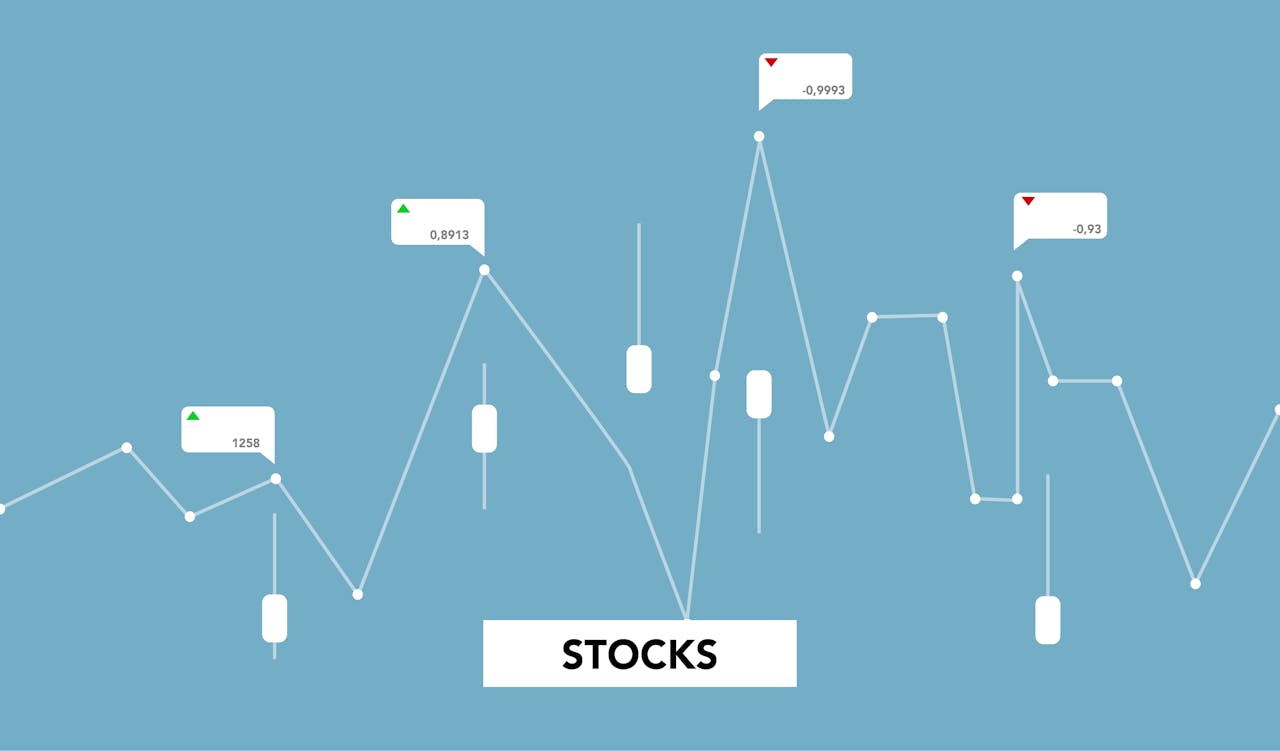In recent years, peer-to-peer (P2P) lending has emerged as a popular alternative investment strategy, allowing individuals to lend money directly to others through online platforms. This form of lending bypasses traditional financial institutions like banks, creating opportunities for both borrowers and investors. As P2P lending platforms grow in number and sophistication, it becomes increasingly important for investors to understand how this type of investment works, its risks, and potential rewards.
What is Peer-to-Peer Lending?
Peer-to-peer lending, also known as P2P lending, is a method of borrowing and lending money directly between individuals via online platforms. Borrowers can access funds without going through traditional banks, while investors have the chance to earn returns by lending their money to creditworthy individuals or businesses. P2P lending typically involves unsecured loans, but some platforms offer secured options as well.
P2P lending platforms act as intermediaries, providing the infrastructure for transactions, vetting borrowers, and facilitating loan agreements. The platforms make money by charging both lenders and borrowers fees for using their services.
The Rise of Peer-to-Peer Lending
Peer-to-peer lending first emerged in the mid-2000s, fueled by advances in technology and a growing dissatisfaction with the traditional banking system. Platforms like LendingClub, Prosper, and Funding Circle pioneered this new way of lending. Investors were drawn to the potential for high returns, while borrowers found an alternative to the often cumbersome and restrictive loan processes offered by banks.
The market for P2P lending has expanded significantly since then, driven by the increasing demand for higher-yield investments and easier access to credit. According to recent studies, the global P2P lending market is expected to grow exponentially, with more platforms and investors entering the space each year.
How Peer-to-Peer Lending Works
To participate in P2P lending, investors first sign up on a platform and deposit funds. The platform then allows investors to browse through a list of available loan opportunities and choose where to allocate their money. The loans are typically divided into smaller portions, which means investors can lend smaller amounts to many borrowers, thus diversifying their risk.
Once an investor funds a loan, they begin receiving regular payments of principal and interest, depending on the terms of the loan agreement. On the borrower’s side, the process is fairly straightforward as well. Borrowers apply for loans, with the platform assessing their creditworthiness based on various factors like credit score, income, and debt levels. If approved, they receive the loan amount and agree to repay it over a specified period, often with higher interest rates than traditional bank loans due to the higher risk involved.
Benefits of Peer-to-Peer Lending
High Potential Returns
One of the most attractive aspects of P2P lending is the potential for high returns. Interest rates on P2P loans are typically higher than those offered by banks, particularly for borrowers with higher credit risk. This means investors have the opportunity to earn better returns compared to more traditional investments, such as savings accounts, bonds, or stocks.
For example, investors may earn 5-10% annually depending on the platform, loan term, and borrower’s creditworthiness. In comparison, returns on other low-risk investments, like government bonds or savings accounts, may only provide 1-3% annually.
Diversification Opportunities
P2P lending offers a new way to diversify an investment portfolio. By adding loans to various borrowers across different industries and credit profiles, investors can spread risk. Moreover, because P2P lending operates independently of traditional markets like stocks or real estate, it offers a degree of uncorrelation with other asset classes. This makes it an appealing option for those looking to reduce risk and achieve more balanced portfolio returns.
Access to Credit for Borrowers
For borrowers, P2P lending offers an alternative to traditional bank loans, often with fewer requirements and quicker approval times. Many borrowers turn to P2P platforms when they are unable to secure financing from banks due to stringent criteria. As a result, P2P lending has democratized access to credit, allowing more people to receive loans for personal expenses, business ventures, or debt consolidation.
Risks of Peer-to-Peer Lending
Credit Risk
The primary risk for P2P investors is the default risk. Because loans are often unsecured, there’s a possibility that borrowers may fail to repay their debts. While most platforms assess the creditworthiness of borrowers, there’s always a chance that a borrower will default, leaving the investor with a loss.
However, platforms have safeguards in place, such as credit scoring systems and risk-based pricing, which help to mitigate this risk. Some platforms also allow investors to create diversified portfolios to spread risk across a larger number of loans.
Liquidity Risk
Another risk of P2P lending is liquidity risk, meaning that it can be difficult to sell or withdraw your investment if you need cash quickly. While some platforms provide a secondary market for trading loan parts, liquidity is not as guaranteed as in more liquid asset classes like stocks or bonds. Investors who need to exit their investment before the loan term ends may face challenges.
Regulatory Risk
P2P lending is still a relatively new industry, and regulations are evolving. While many platforms comply with local regulations, future changes to laws governing P2P lending could affect investors’ returns. For instance, stricter regulations could increase platform fees, reduce borrower access to loans, or impose limits on how much investors can lend.
Choosing a Peer-to-Peer Lending Platform
With so many P2P lending platforms available today, it can be difficult for investors to choose the right one. To make an informed decision, consider the following factors:
1. Platform Reputation
Look for platforms with a strong track record and a good reputation. Review user feedback and check for industry awards or regulatory compliance.
2. Loan Types
Different platforms offer various types of loans, ranging from personal loans to business loans. Determine what types of loans align with your investment goals and risk tolerance.
3. Fees
Most platforms charge fees, either to borrowers, lenders, or both. Ensure you understand the fee structure before committing to any platform.
4. Risk Assessment Tools
Some platforms offer tools that allow investors to assess the risk of different loan opportunities. Choose a platform that provides comprehensive risk metrics and credit scoring to make data-driven decisions.
Conclusion
Peer-to-peer lending presents a unique alternative investment opportunity, offering attractive returns and a chance to diversify an investment portfolio. While it does come with risks, including credit, liquidity, and regulatory risks, these can be mitigated through smart diversification and careful platform selection.
As the market continues to grow and evolve, P2P lending is likely to remain a viable option for investors seeking higher returns outside of traditional asset classes. As with any investment, it’s essential to conduct thorough research, understand the risks, and align your investment strategy with your financial goals.
Check out our Facebook or X accounts.
For more topics check here.



